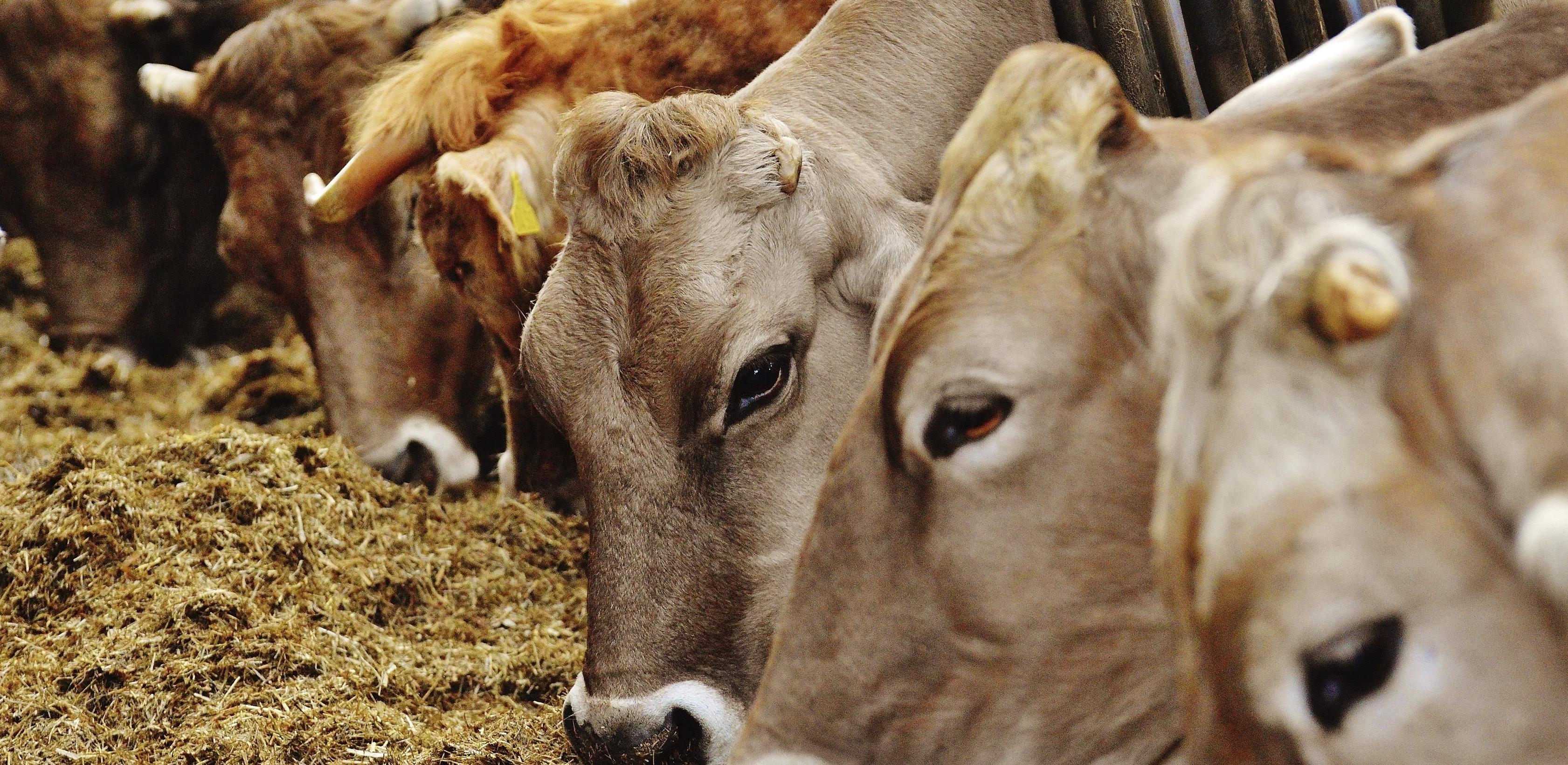
Scientists evaluated the evidence that intensive livestock farming is causing pandemics, with surprising results. They found that intensive livestock farming could actually reduce the risk of future pandemics, compared to non-intensive farming.
|
Globally, we are now producing four times more meat than we did in the 1960s (1). Most of our meat, eggs and dairy now come from intensive farms, but such farms are thought be risky due to their crowded conditions which increase the chance of diseases ‘taking off’ and spreading rapidly.
However, intensive farms need less land than extensive (e.g. ‘free range’) farms to produce the same amount of food – both to grow their feed and to rear their animals. This is key because growing demand for livestock products has caused dramatic habitat loss, which means we are now farming in places where livestock and people are coming into frequent contact with wildlife. This contact with increasingly disturbed, stressed, and infected wildlife makes the spillover of zoonotic viruses into people or livestock more likely.
If we were to switch from the current system to one based on extensive farming, we would need substantially more land to meet demand – resulting in the conversion of habitat roughly the size of Brazil and India between 2009 and 2050 (2). This could increase the contact between people, livestock and stressed wildlife – including wildlife that might well host the next pandemic virus.
| Intensive farms may have a greater risk of takeoff, but extensive farms may have greater risk of spillover. |
Worryingly, we simply do not know which risk is more important for preventing future pandemics, and so it is currently impossible to determine which types of farms carry least risk overall.
COVID19 has demonstrated the huge potential impact of zoonotic diseases, and this study highlights that more research is urgently needed to identify how we minimise the risk of another pandemic.
This study was published on Wednesday 22nd June 2022 in the Royal Society Open Science. Original article available here.
The blog post corresponds to the press release written by the authors of the article.
References
- Hannah Ritchie and Max Roser (2017) - "Meat and Dairy Production". Published online at OurWorldInData.org. Retrieved from: 'https://ourworldindata.org/meat-production' [Online Resource]
- Röös, E., Bajželj, B., Smith, P., Patel, M., Little, D., & Garnett, T. (2017). Greedy or needy? Land use and climate impacts of food in 2050 under different livestock futures. Global Environmental Change, 47, 1–12. https://doi.org/10.1016/J.GLOENVCHA.2017.09.001

